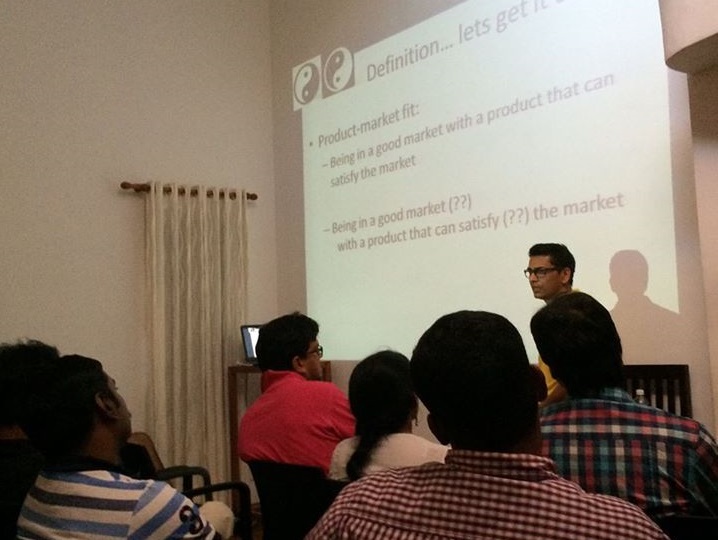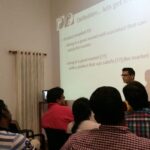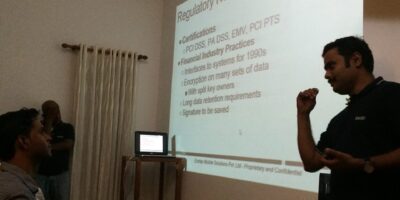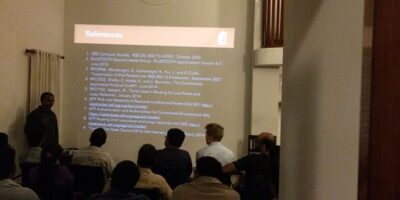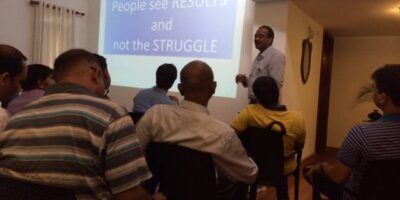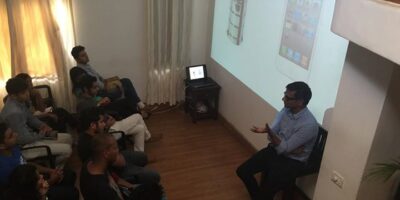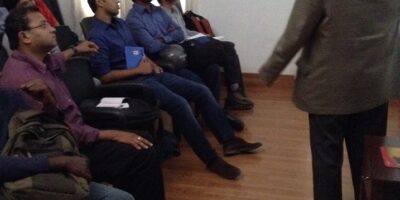Venugopal Iyengar is COO, Apalya Technologies, a Startup turned mature company, that launched in 2005 and offers live television, events and video on demand on mobile devices.
Venugopal is a seasoned media entertainment professional with deep expertise in Marketing, Content, Communication & Product. Some of his past roles have involved Head, Marketing & Content – Sun Direct TV, Head, Marketing – Walt Disney Television India, Dy Vice President, Marketing – Zee Telefilms, Associate Director – MTV Networks, Manager, Marketing – Buena Vista Television Intl, and Manager Merchandising – Shoppers Stop. He holds an MBA, Marketing and a Bachelor of Engg, Production Engineering both from the University of Pune.
Finding Product-Market fit is a common challenge at Startups and a defining milestone along the hard path to success. This session plans to clarify much around this subject while offering an opportunity to discuss many points of view.
Venugopal’s session – “Fitting Product to Market – Do’s & Dont’s” used a single case study in the mobile video vertical to highlight learnings – some general and some more specific. Here are the Lounge47 key takeaways:
1.Product Market fit could be defined as being in a good market with a product that can satisfy that market. A great product with no market is of no use. Startup teams need to strive to understand the market and build a product to satisfy it
2. There is no fixed methodology to getting there. Take opportunities to pitch, put the product in the hands of the customer and in the arena with competitors. Listen, learn and tweak till you reach fit
3. The journey certainly means one thing – a lot of work – to trial and error, tweak and repeat
4. At several stages along the way, the challenges could be different: – for example – How do users find you? Do users have a great first experience? Do users come back? How do you make money? Do users tell others?
5. During the customer acquisition stage, reduce friction. When a user lands on the web page, asking for too many details like emails or telephone numbers will turn them away
6. Constraints and forces acting against the Startup could be defined by the nature of the product. For example mobile video in India has the following key driving forces – “content catalog width”, technology (eg. 2G, 3G), government regulation
7. Sometimes reality is counter intuitive
8.How do you know when you reach Product- Market fit? Some use metrics such as when 40% of users answer surveys that they will be “very disappointed” without your product or service
9. Nature of product and market could influence your decision to go the BtoB route or BtoC. For example – Mobile video in India – BtoB seems more attractive because: a) Discovery route for the majority of the customers is via the Telcos b) Telcos offer a pool of 800m users c) Since credit card penetration is low, payment via mobile money is convenient d) Increasing content catalogue width simply requires higher investments.
10. Speed of execution is not an option. In essence, the Product-Market fit process is not static. It is iterative and ongoing.


